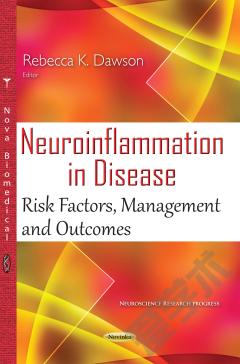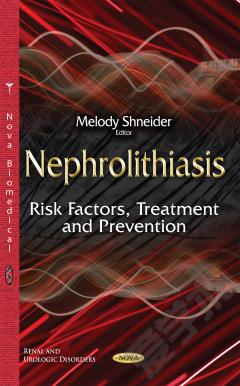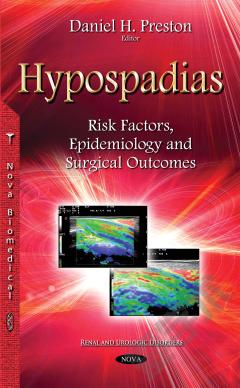Asphyxia: Risk Factors, Prevalence and Neurological Impacts
Despite the continuous effort from the scientific community and the advancements in neonatal intensive care, hypoxic-ischaemic brain injury of term and near-term infants remains a significant problem throughout the world. After asphyxia, infants may suffer from long-term neurological sequelae, including death, cerebral palsy, learning difficulties, epilepsy and other significant cognitive, developmental and behavioral problems in 40% of survivors. This book discusses the risk factors, prevalence and neurological impacts of asphyxia.
{{comment.content}}








 京公网安备 11010802027623号
京公网安备 11010802027623号